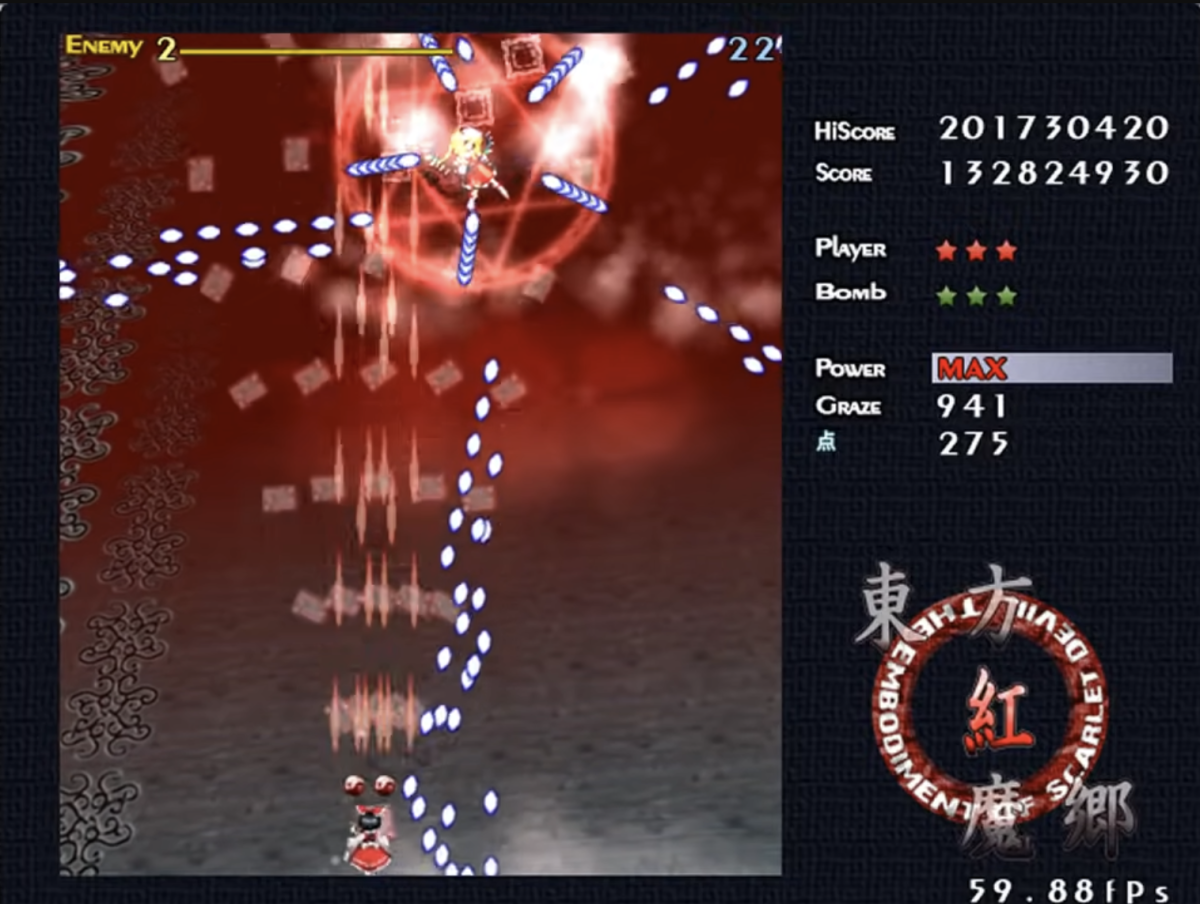![Screenshot from: «[Black MIDI] MIDITrail - Touhou 6: Last Brutal Sister Flandre Scarlet 1 Million», uploaded to YouTube.](/sites/norient.com/files/styles/norient_free_landscape_1_200_/public/02_title_high-density-remix-skill.png?itok=4FQoZ8kC)
Black MIDI as a High-Density Remix Skill
In this blog post, you’ll explore the intricacies of Black MIDI, focusing on how dense note structures can reveal hidden patterns and how «blackers»1 aim to find the «sweet spot» where melody remains discernible. You’ll also read about the technical skills required in this subgenre, such as optimizing computer hardware and software and distinguishing it from noise/MIDI art challenges.
There appears to be a critical threshold where the ear can still discern distinct pitches amidst the emergence of frequency or noise sounds. Given that the objective in Black MIDI is to accurately portray the melody, glitch sounds are generally undesirable in this technique. This threshold, which blackers strive to identify across various musical elements like repeated notes, clusters, and arpeggios, could be termed the «sweet spot». It is the ideal point to work with in order to use a high note density and still perceive the melody.
This distinguishes Black MIDI from, for example, noise/MIDI art challenges, where the emphasis lies more on creating visual patterns. While there is a connection to Black MIDI, this approach arguably diverges from its original conception as a remix technique aimed at capturing the melody and structure of a song.
Black MIDI could be seen as more of an arrangement technique. Within this technique, it becomes a skill to understand the limits of computer hardware, software, and different digital piano sounds. As a traditional arranger who writes for an orchestra needs to know about the specific characteristics of the instruments, the way they interact, as well as how to notate everything, the blacker needs to know how to tune the computer, how to optimize the DAW (Digital Audio Workstation) by for example reducing the CPU (Central Processing Unit) load and finding programs that are not CPU intensive.
- 1. Composers producing blackened notations in the Black MIDI style.
This blog post is part of the Norient Online Special Hyperplexia, an expansion of the performance project of the same name by composer and pianist Stefan Schultze. The Special was funded by Bern Academy of the Arts HKB.
Biography
Stefan Schultze (*1979, Germany) is a composer and pianist and one of the most multifaceted and original musicians to come out of the German jazz scene. Schultze studied piano and composition in Cologne and New York. He occupies the interface between new music, improvisation, and jazz. His artistic projects cover a spectrum of compositions for small and large ensembles, from leading larger ensemble formations to initiating and producing projects on national and international stages. His compositions explore and translate music from a myriad of contexts, opening new sonic territories and transcending genres. Follow him on his website, Bandcamp, or Instagram.
Published on June 18, 2024
Last updated on June 24, 2024
Topics
How does the artits’ relationship to the gear affect music? How to make the climate change audible?
How artists deal with the practice that some call «time-travel» and others «audiotopia».
